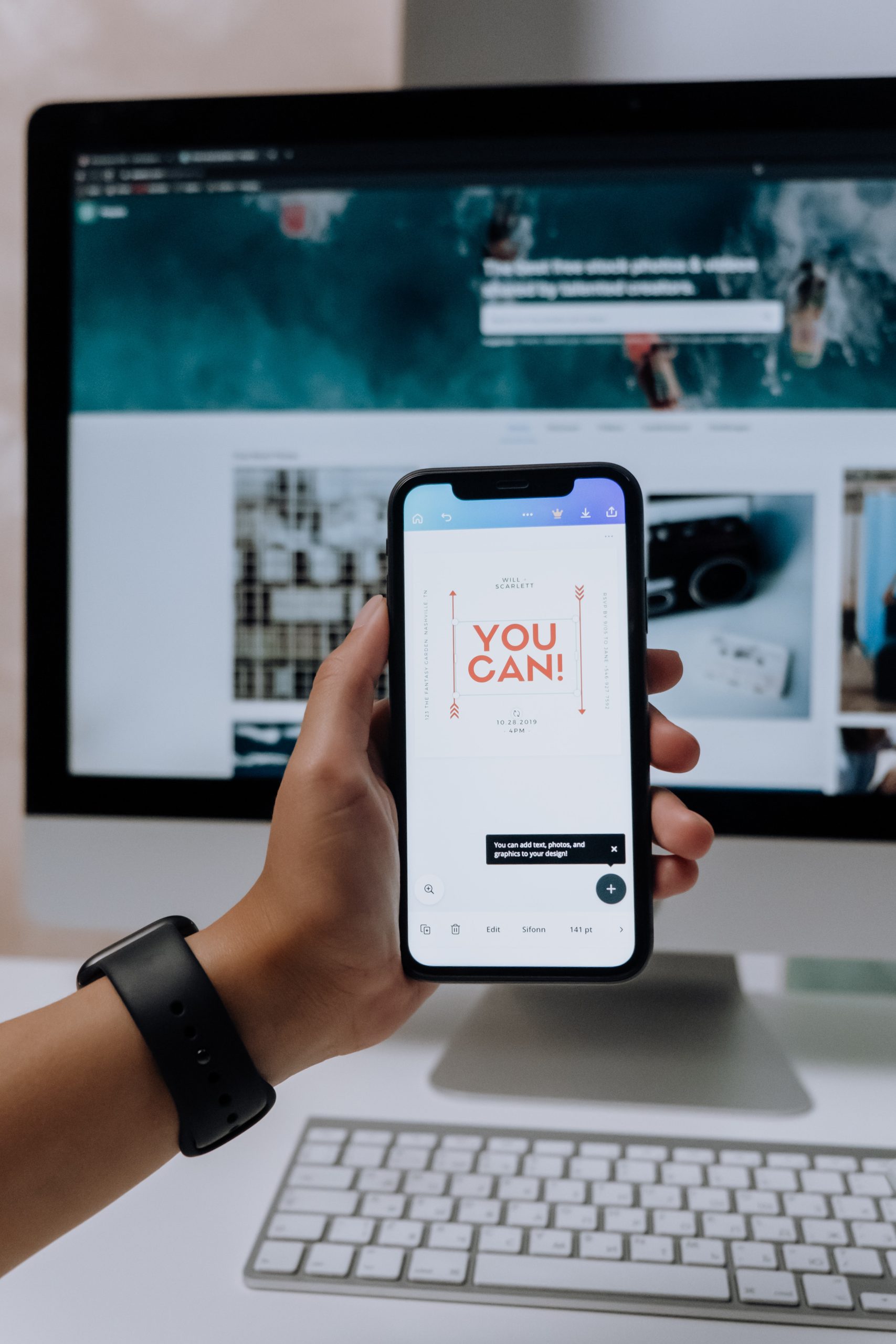In today’s world, logos are an essential part of branding. They serve as a visual representation of a company, and they are often the first thing that a customer sees when they encounter a brand. A good logo can help establish trust, create recognition, and ultimately lead to increased business. Here are 7 tips for creating a good logo:
1. Keep it Simple
One of the most important aspects of a good logo is simplicity. A simple logo is easy to recognize and remember, and it can be reproduced easily in a variety of sizes and formats. A simple logo also tends to be more timeless, as it is not tied to any particular design trend or style.
When designing a logo, it’s important to avoid adding too many elements or details. A cluttered logo can be overwhelming and difficult to understand, which can lead to confusion or disinterest from customers. Instead, focus on creating a clean and simple design that is easy to understand and recognize.
2. Make it Memorable
A good logo should be memorable and instantly recognizable. When designing a logo, think about what makes your brand unique and how you can convey that through a visual representation. A memorable logo can help establish brand recognition and create a lasting impression on customers.
There are many ways to make a logo memorable. One way is to use a unique shape or symbol that is distinct from other logos in your industry. Another way is to use a bold or unusual color scheme that stands out from the competition. Whatever approach you choose, make sure that your logo is distinct and memorable.
3. Choose the Right Colors
Color plays a critical role in logo design. Different colors can evoke different emotions and create different associations in the minds of customers. When choosing colors for your logo, think about what your brand represents and what emotions you want to convey.
For example, blue is often associated with trust and professionalism, while red is associated with energy and excitement. Green is often associated with growth and nature, while yellow is associated with optimism and cheerfulness. Choose colors that are consistent with your brand values and that will resonate with your target audience.
4. Consider Scalability
A good logo should be scalable, meaning that it can be reproduced at different sizes without losing clarity or detail. This is important because logos are used in a variety of contexts, from business cards to billboards. A logo that is not scalable may look great on a website but may be difficult to read when printed on a small business card.
When designing a logo, it’s important to consider how it will look in different sizes. Avoid using small details or text that may be difficult to read when the logo is scaled down. Instead, focus on creating a simple and clear design that can be easily recognized at any size.
 5. Be Consistent
5. Be Consistent
Consistency is key when it comes to branding, and your logo is no exception. A good logo should be consistent with your brand’s overall identity, including your color scheme, typography, and messaging.
When using your logo, be consistent in its placement and use. Use it in the same way across all your marketing materials, including your website, social media channels, business cards, and other promotional materials. This will help establish brand recognition and create a cohesive brand image.
6. Test your Design
Before finalizing your logo design, it’s important to test it with your target audience. This can help you identify any potential issues or concerns that customers may have with the design.
There are many ways to test a logo design, from focus groups to online surveys. The goal is to get feedback from real customers to see how they perceive your logo and what associations they make with your brand.
7. Hire a Professional
Finally, it’s important to consider hiring a professional designer to create your logo. A professional designer has the skills and experience to create a design that not only looks great but also aligns with your brand values and messaging. They can also ensure that your logo is scalable, memorable, and consistent with your overall brand identity.
A professional designer will also be able to provide guidance and advice throughout the design process, helping you to make informed decisions about your logo design. They can also provide you with a range of options to choose from, ensuring that you find a design that you love.
In conclusion, creating a good logo is an essential part of building a strong brand. A good logo should be simple, memorable, and scalable, and it should be consistent with your brand’s overall identity. By following these 7 tips and working with a professional designer, you can create a logo that helps establish trust, creates recognition, and ultimately leads to increased business.



